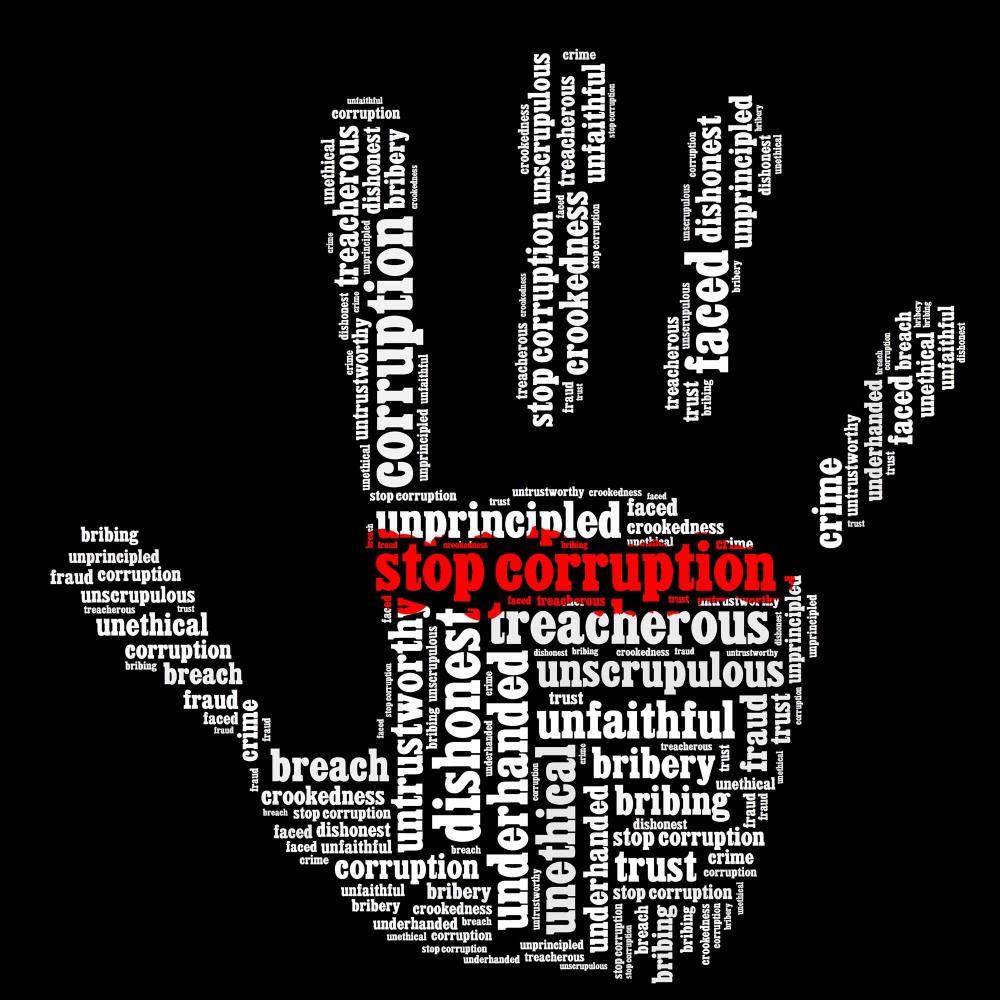Since the 1979 Islamic Revolution, corruption has been a social problem to be tackled. However, the adopted methods have proved ineffective since they are unsystematic, poorly assessed, and inapt. The rampant phenomenon basically involves three constituents: The process through which corruption takes place, the corrupt organization/ individuals and the subject of corruption. The issue cannot be resolved by taking one variable out of the mix as all three areas are to be tackled concurrently.
“Economy is not on the right track and has derailed. Extremely high costs of economic growth and social development through legal means in Iran have forced people to take illegal short-cuts. It is worrying to think that such conduct could become the social culture where most entities planning on starting economic activities think about making connections rather than conforming to regulations,” Sedaye Eghtesad quoted head of Tehran Chamber of Commerce, Industries, Mines & Agriculture (TCCIM) Yahya Al-e-Es’haq as saying Sunday.
One of the ramifications of widespread corruption is that it loses its social or ethical taboo, which facilitates its spread through other sectors. Citing bureaucracy as another contributing factor to add fuel to the leaping flame of the phenomenon, head of TCCIM added that the more complicated and confusing the rules and regulations, the more prone to corruption they can be.
Lack of strict rules of punishment and bureaucracy that delays the uncovering of corruption as well as the pressure that is imposed by corruption-seekers on executive bodies to perform an act of corruption are among external causes that promote the prevailing phenomenon. Putting unqualified executives in key positions is another key factor.
Criticizing the manner in which corruption is dealt with in Iran, Al-e-Es’haq stressed that the social ill must be combated with authority and handling it as a political matter by simply amplifying it in social media will not work.


